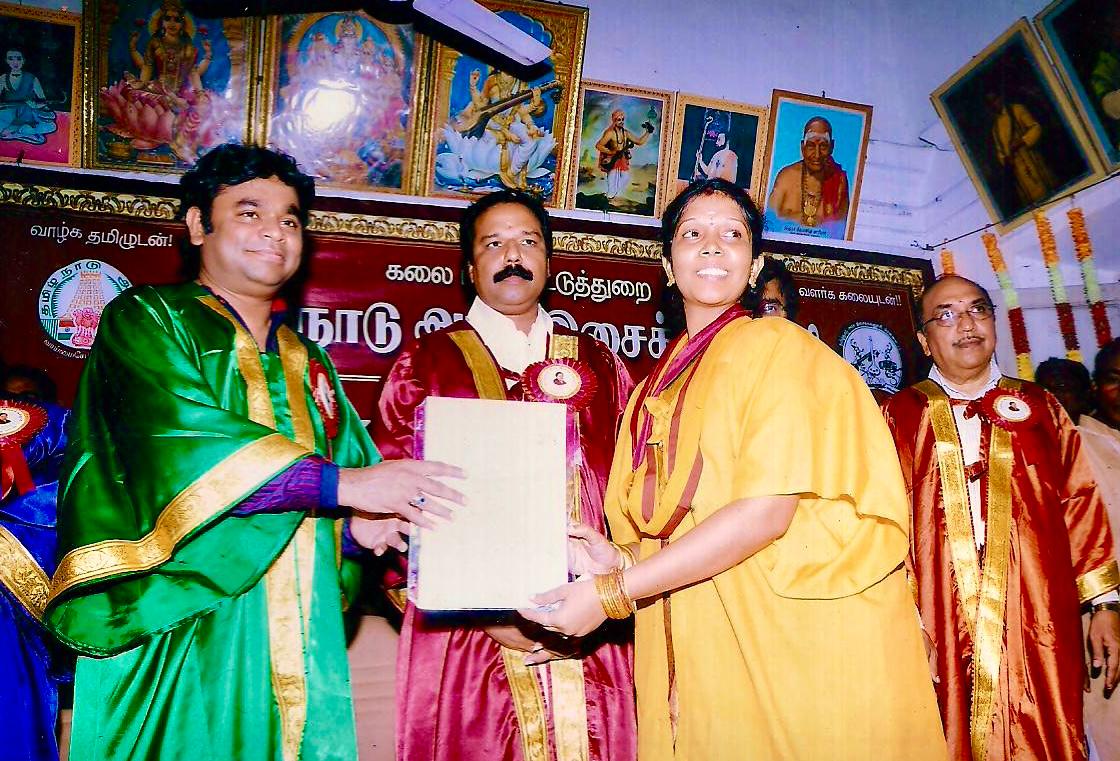



குரு திருமதி சீ சண்முகப்ரியா (Diploma in Bharatham.,(Gold Medalisit) B.A Bharatham) அவர்களால் 2012 ஆம் ஆண்டு திண்டுக்கல்லில் தொடங்கப்பட்டு அய்யலூர், வடமதுரை ஆகிய மூன்று கிளைகளையும் கொண்டு திறன் பட செயல்பட்டு வருகிறது. இதுவரை ஸ்ரீ ஆதி சிவசக்தி நாட்டியலையா அறக்கட்டளை மாணவ மாணவிகளுக்கு சலங்கை பூஜை மற்றும் அரங்கேற்றம் பல பறைசாற்ற நிகழ்த்தி உள்ளோம். மதுரை அருள்மிகு மீனாட்சி சுந்தரேஸ்வரர் திருக்கோயில்,வடமதுரை ஸ்ரீ கோகிலாம்பாள் திருக்காமேஸ்வரர் திருக்கோவில் போன்ற திருத்தலங்களில் சிவராத்தியன்று பரதநாட்டிய நிகழ்ச்சிகள் நடத்தி அருள் பெற்றுள்ளோம். வடமதுரை அருள்மிகு ஸ்ரீ பாலமுருகன் கோவில் கும்பாபிஷேகத்திற்கு பரதநிகழ்ச்சிகள் நடத்தி உள்ளோம். உலக சாதனை நடன நிகழ்சிகளில் பங்கேற்ற மாணவிகளுக்கு பதக்கங்களையும் பெற்று தந்துள்ளார். மேலும் கடந்த 15 வருடங்களாக மகா சிவராத்திரி அன்று நிகழ்ச்சிகள் நடத்தி வருகின்றார் .
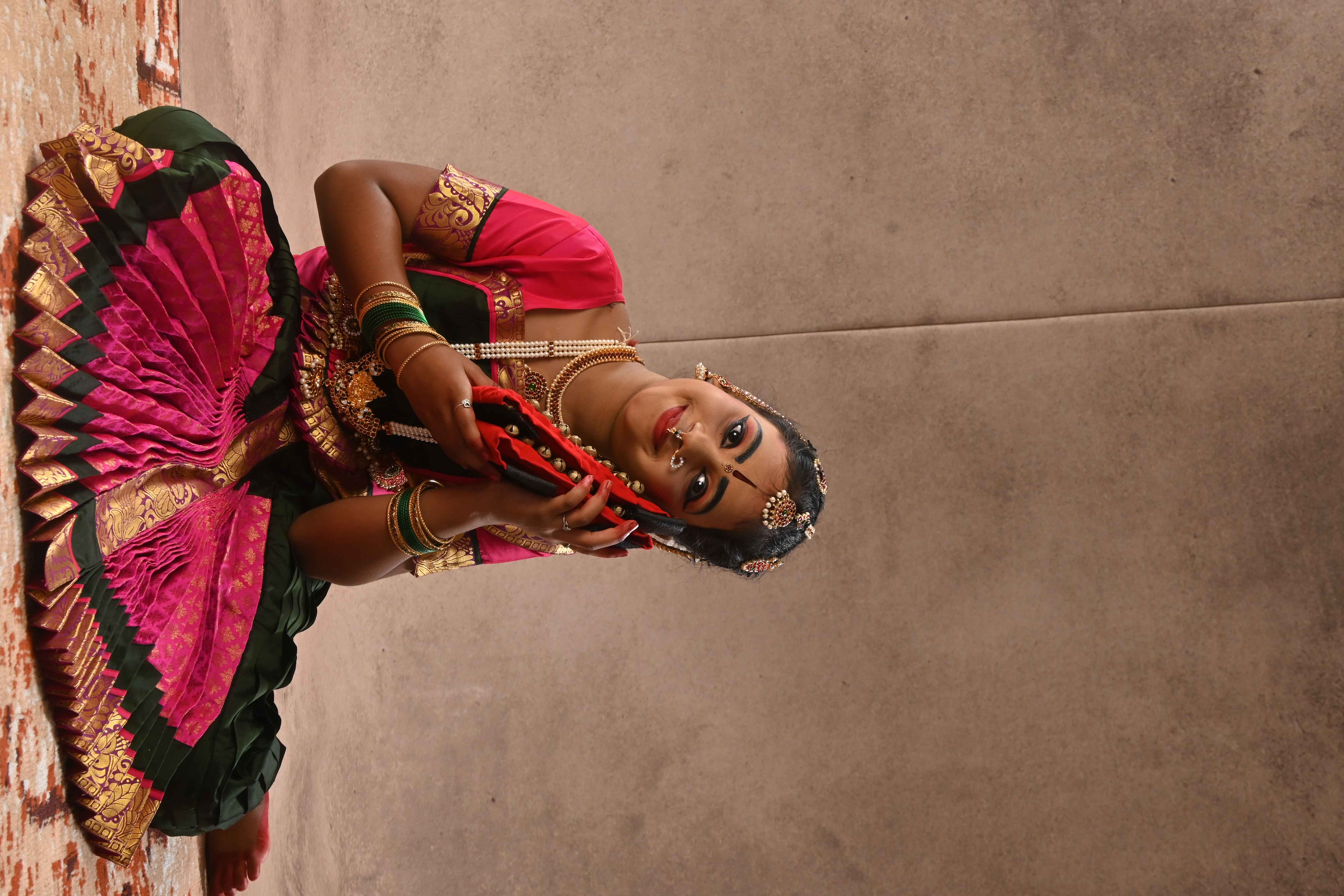
பரத நாட்டியக் கலை மூன்று ஆடல் முறைகளைக் கொண்டது. அவை:
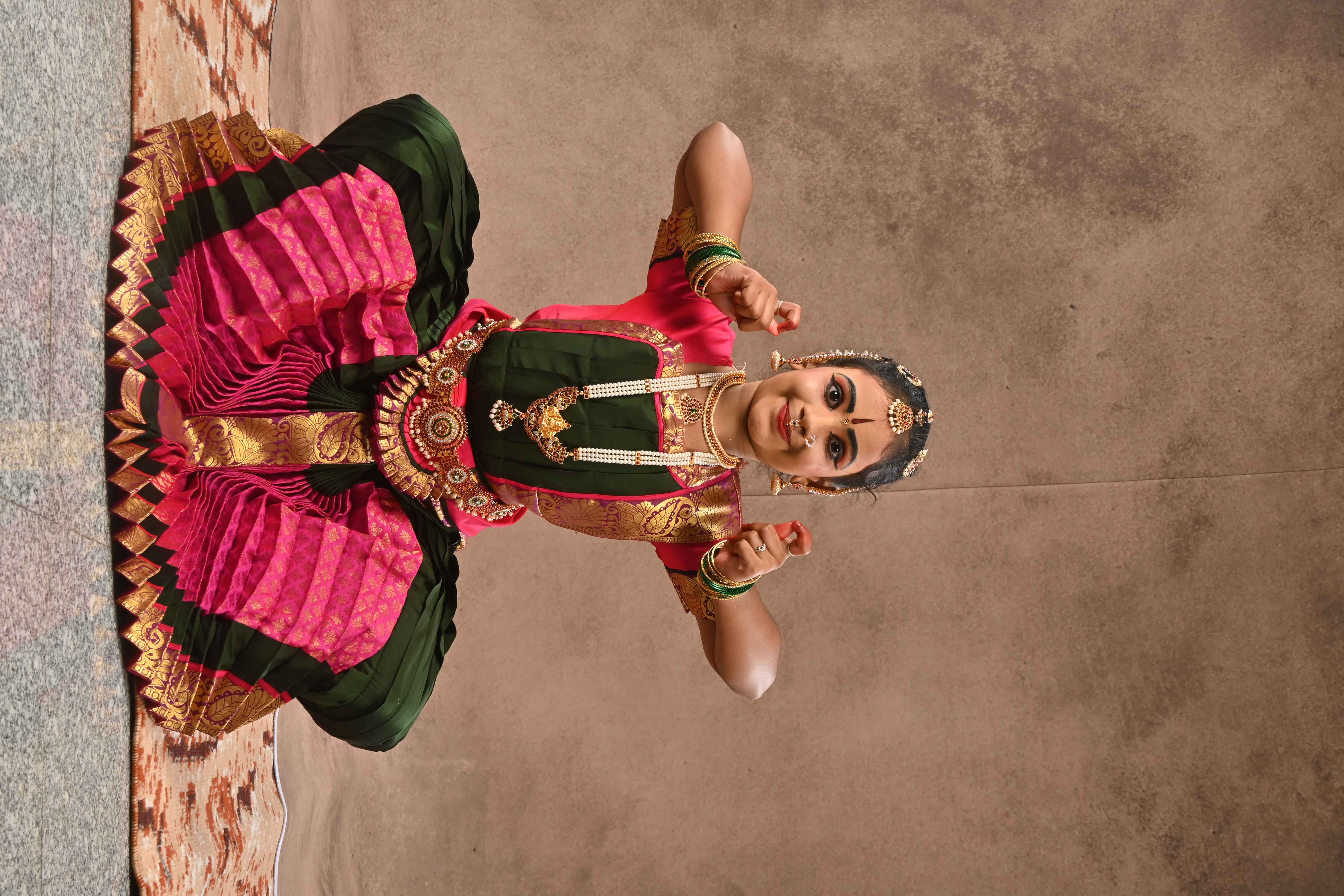
அபிநயம் என்பது கருத்தையோ உணர்வையோ வெளிப்படுத்த உதவுவது. அவை
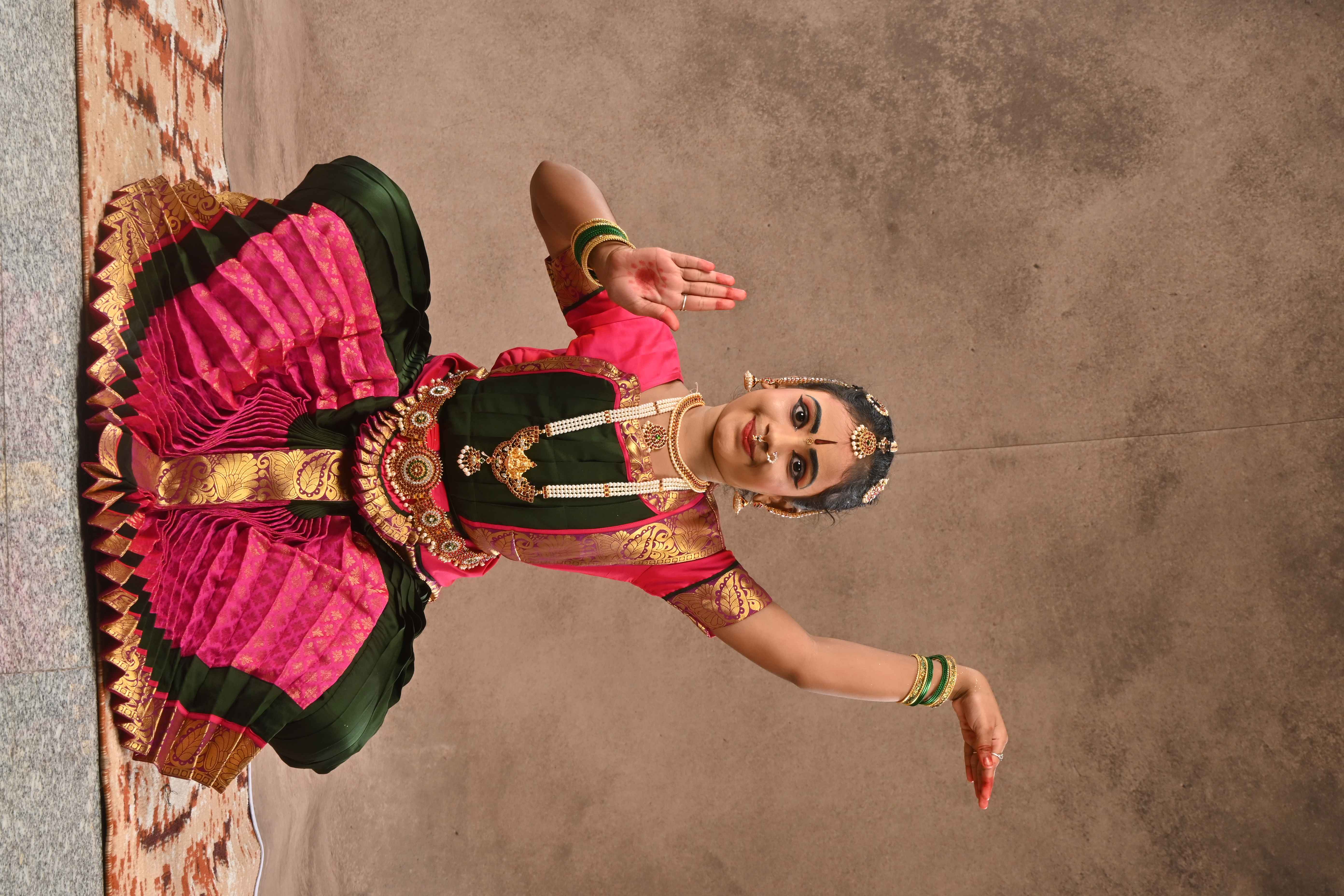
பரத நாட்டிய நிகழ்ச்சியில் தனிப்பட்ட நாட்டிய உருப்படிகள் உண்டு.
2nd Floor, Lakshmi Complex, Seelapadi Byepass Bus stop, Dindigul-624001
Ist Floor,Prabhu Complex, Vadamadurai Bus stand near, Vadamadurai-624802
Sri Aathi Sivasakthi Naatiyaalaiya Trust, MKG School Opposite, Ayyalur-624801
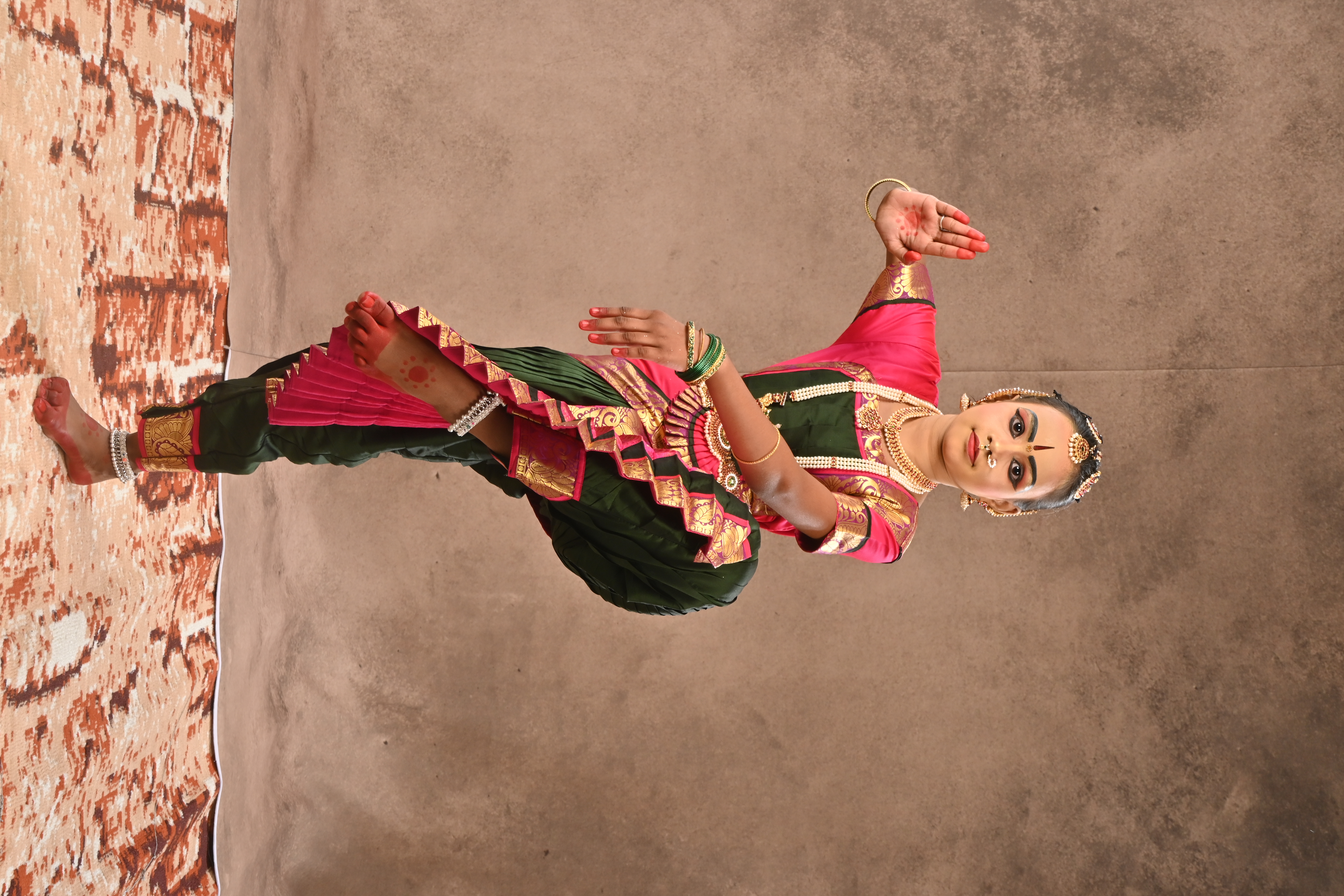
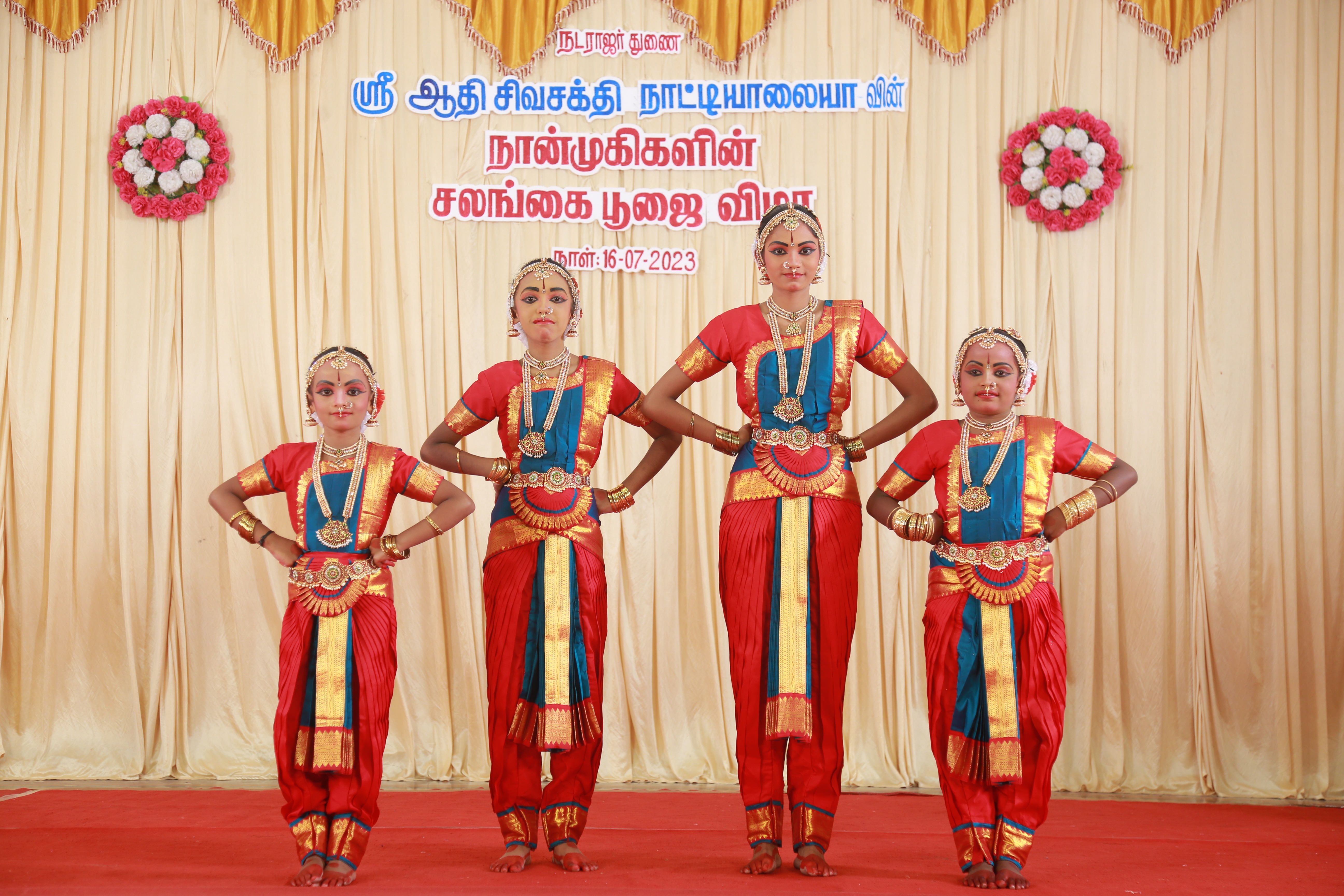
Bharatanatyam contains different types of bani. Bani, or "tradition", is a term used to describe the dance technique and style specific to a guru or school, often named for the village of the guru. Bharatanatyam style is noted for its fixed upper torso, bent legs, and flexed knees (Aramandi) combined with footwork, and a vocabulary of sign language based on gestures of hands, eyes, and face muscles.[7] The dance is accompanied by music and a singer, and typically the dancer's guru is present as the nattuvanar or director-conductor of the performance and art. The performance repertoire of Bharatanatyam, like other classical dances, includes nrita (pure dance), nritya (Conveys a meaning to the audience through hand gestures) and natya (Consists of the elements of drama).[9][10] A program of bharatanatyam usually lasts two hours without interruption and includes a specific list of procedures, all performed by one dancer, who does not leave the stage or change costume. The accompanying orchestra—composed of drums, drone, and singer—occupies the back of the stage, led by the guru, or the teacher, of the dancer.